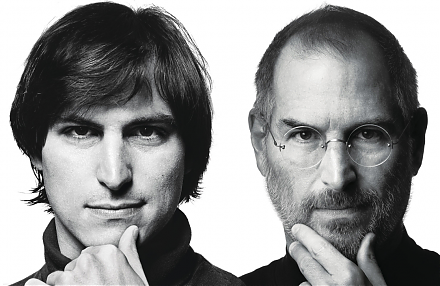

2018-06-09 16:40:00 Sat ET
technology antitrust competition bilateral trade free trade fair trade trade agreement trade surplus trade deficit multilateralism neoliberalism world trade organization regulation public utility current account compliance
The Trump administration introduces new tariffs on $50 billion Chinese goods amid the persistent bilateral trade dispute. The tariffs effectively boost costs and prices for American consumers and enterprises. The delivery company FedEx views U.S. tariffs on Chinese goods as *counterproductive to U.S. economic interests*. China counteracts these penalties by imposing 25% retaliatory tariffs on $50 billion U.S. farm imports such as beef, cotton, rice, soy, and wheat. This recent Sino-U.S. trade conflict may herald a new era of much greater trade protectionism.
The U.S. major stock indices S&P 500, Dow, and NASDAQ experience discernible losses in response to the core complex trifecta of Sino-U.S. trade tension, Federal Reserve second interest rate hike, and energy cost momentum. In addition to this negative U.S. stock market return performance, the greenback exhibits much more volatile near-term gyrations in the foreign exchange market. In a putative trade war, there are winners and losers; whereas, everyone suffers in a major trade conflict. Full-scale and all-out tit-for-tat would become a suboptimal approach to resolving the current bilateral trade imbalance.
It is important for each side to refrain from undertaking any unilateral actions to complicate the status quo. Both sides need to consider a better balance between carrots and sticks in addressing the Sino-U.S. trade dilemma.
If any of our AYA Analytica financial health memos (FHM), blog posts, ebooks, newsletters, and notifications etc, or any other form of online content curation, involves potential copyright concerns, please feel free to contact us at service@ayafintech.network so that we can remove relevant content in response to any such request within a reasonable time frame.
2018-01-05 07:37:00 Friday ET

Warren Buffett cleverly points out that American children will not only be better off than their parents, but the former will also enjoy higher living stand
2019-08-04 08:26:00 Sunday ET

U.S. and Chinese trade negotiators hold constructive phone talks after Presidents Trump and Xi exchange reconciliatory gestures at the G20 summit in Japan.
2018-05-27 08:33:00 Sunday ET

The Federal Reserve proposes softening the Volcker rule that prevents banks from placing risky bets on securities with deposit finance. As part of the po
2023-12-05 09:25:00 Tuesday ET

Better corporate ownership governance through worldwide convergence toward Berle-Means stock ownership dispersion Abstract We design a model
2020-03-19 13:39:00 Thursday ET

The business legacy and sensitivity of Steve Jobs can transform smart mobile devices with Internet connectivity, music and video content curation, and digit
2019-04-25 09:35:00 Thursday ET

Bridgewater hedge fund founder Ray Dalio suggests that the current state of U.S. capitalism poses an existential threat for many Americans. Dalio deems the